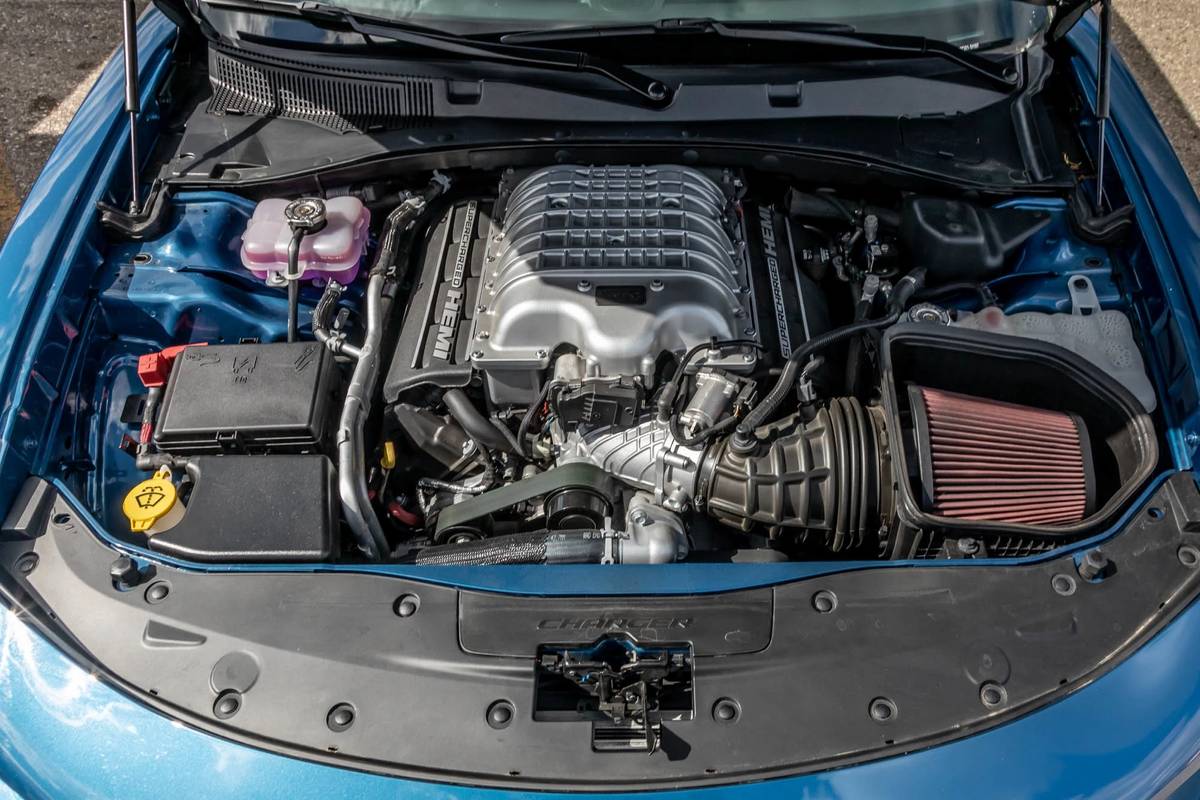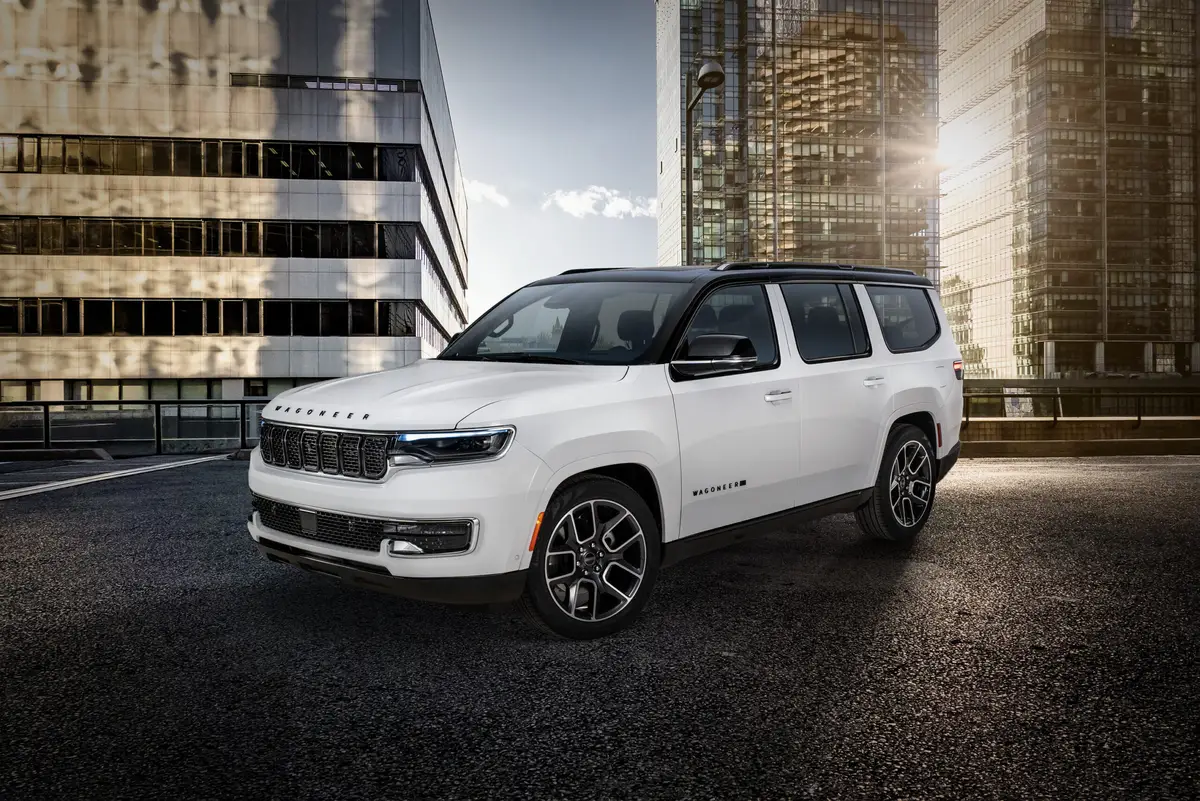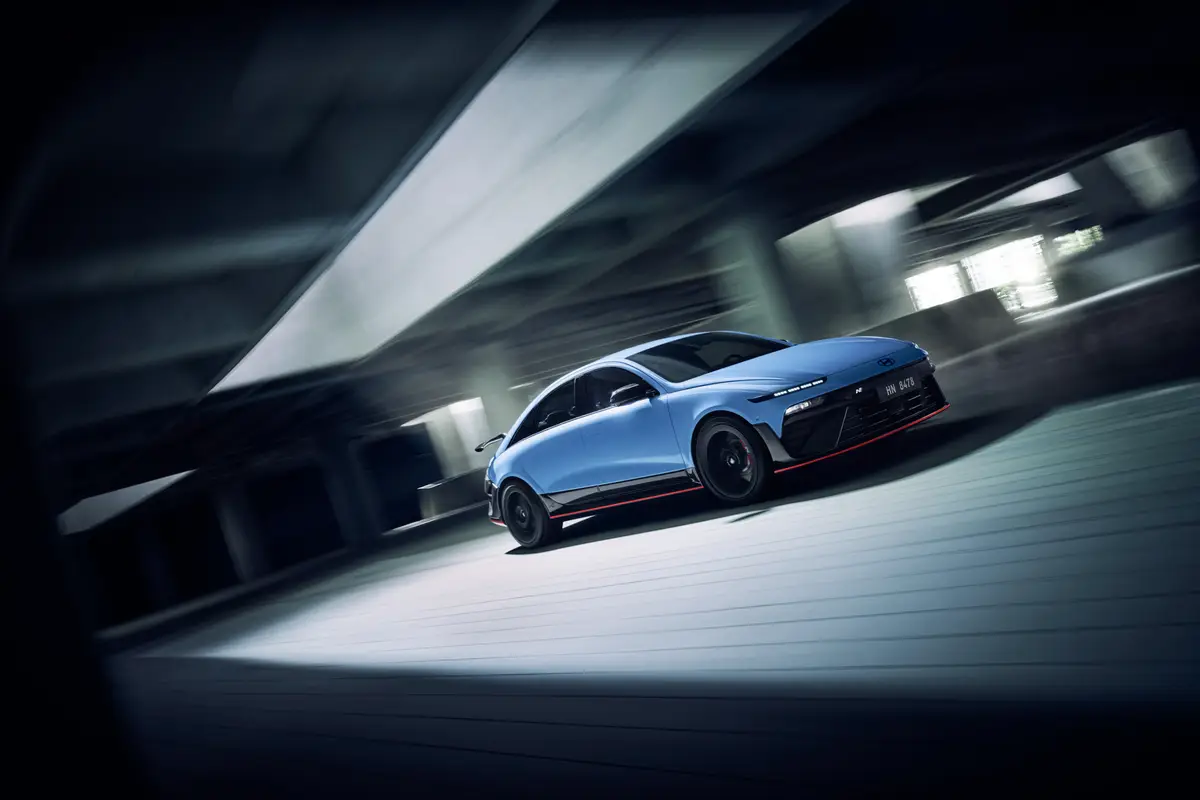chicagotribune.com's view
For years, the domestic automakers said the one place their Japanese rivals would never go is the retro segment.
Chevrolet can update Camaro, Dodge the Charger or Challenger, but muscle cars were a Detroit creation not one that began an ocean away. It’s the Detroit automakers, after all, who have that performance heritage to draw on.
But the Japanese fooled the domestics–not with a fire-breathing muscle car, because that’s not part of their heritage, but rather with a utility to show how sure-footed it can be crawling over rocks, up hills and through streams.
At Toyota, retro means not bringing back a modern rendition of a `60s or `70s muscle car, but a modern rendition of a 1960 utility vehicle sold in the U.S., but the machine of choice among those who took animal safaris or expeditions into the wilderness–a real SUV, as in Safari Utility Vehicle.
The 2007 FJ Cruiser recalls the FJ40 sold between 1960 and 1983.
So rather than toss down a brew while reliving zero- to 60-m.p.h. times in Camaros, Chargers or Challengers, folks will sip white wine and chat about capturing a zebra with their Kodak in an FJ.
“The FJ Cruiser effectively fills a gap in the lineup that was once our core heritage–capable, affordable and durable vehicles that are youthful, fun to drive, aggressive and tough,” said Jim Lentz, general manager of Toyota division. “The FJ Cruiser will deliver true off-road ruggedness, image and performance at an affordable price, making it highly accessible and desirable to a large volume of young buyers.”
We tested the 2007 FJ Cruiser, which was unveiled as a concept at the Chicago Auto Show a couple years ago.
It is slightly larger than a compact Toyota RAV4 (105.9-inch wheelbase/183.9-inch overall length compared to a 104.7-inch wheelbase/181.1-inch length) and slightly smaller than a 4Runner (109.8 inch wheelbase/1189.2 inch overall length).
While billed as an entry-level SUV, with options and freight the test vehicle topped $30,000, so those entrants better be well-heeled.
Hats off to Toyota, however, in living up to its off-road boast. At a Midwest Automotive Media Association rally at Road America in Elkhart Lake, Wis., the FJ was assigned the same treacherous course as the Hummer H2 and Range Rover.
It went everywhere the bigger and more expensive boys did–up and down hills, over boulders and tree limbs–and just as easily.
It’s not an off-road pretender. When the going gets tough, the FJ keeps going wherever the nose points.
If into serious off-roading, FJ deserves to be considered alongside the higher priced rivals. But if your only off-roading will be to pick up the mail from the shoulder of the road, the FJ for the daily commute is like buying a Dodge Viper to take the kids to school.
When last we looked, there were no dirt and sand covered inclines on the Kennedy Expressway or any trees or boulders blocking Interstate 88.
FJ is fairly civil on the road. You aren’t bounced up, down and around the cabin as you would be off-road. And it comes with stability and traction control along with four-wheel anti-lock brakes to ensure you don’t wiggle and wobble and lean and sway on the road as you would off of it.
But FJ isn’t a mileage champ. The 4-liter, 239-horsepower V-6 has ample power on- or off-road, but is only rated at 17 m.p.g. city/21 m.p.g. highway.
And it isn’t a fashion statement, especially not with that stupid white roof cap borrowed from the old FJ40. Looks draw love or hate comments, nothing between. Those who think it cool were younger and often women, those who thought it ugly were older and often men.
Color choice also influences love/hate. Under that goofy roof cap, FJ comes in a gray, black, black cherry, yellow or blue. Yellow and black cherry look very good; blue? Well…
Our test vehicle came in the “voodoo” blue that probably could be seen from miles away when off-roading in a monsoon at midnight.
FJ has two visible doors upfront, two small access doors behind that swing open and back–in fabled suicide style. But the handle on those access doors is in the middle of the inside door and difficult to reach and open from the outside. Most access doors have an easier to reach handle.
When inside and the access door is open, it’s a long reach to grab the handle to close it without help from someone outside.
There’s decent room front and back. Seats are well cushioned and covered with a water-repellent fabric.
You can pop open the rear window or swing open the rear door for access to the cargo hold. Second-row seat bottoms lift and flip forward and the backs fold flat for more cargo room.
There’s a power plug for the cell phone upfront, and a 400-watt outlet in the wall of the cargo hold for serious power needs.
The test car also came with a $2,620 package that included a subwoofer in the cargo wall. Turn on the radio, turn up the volume and the subwoofer, as well as FJ body, visibly vibrates. Why? Ask your kids.
Other touches include water-bottle holders in the rear doors, with warning decals not to use them for cups. Suspect the warning is meant to keep off-roaders from spilling pop or coffee during their adventures.
If they do, however, not only is the seat fabric water repellent, but the floor mats and seat backs also are a washable material.
There’s a cell phone holder next to the bottle holders for those who wouldn’t let an attempt to maneuver up a hill of rocks and mud keep them from chatting with friends.
Another nice feature is a covered compartment for small items built into the dash top. A weird feature–a trio of short windshield wipers since the glass isn’t high and two long wipers would be cleaning air, not glass.
The upgrade package also includes three large outside temperature, compass and inclinometer gauges on top of the dash so you know the temperature, direction and degree of incline when going up and down hills.
The tall and narrow outside mirrors offer limited vision and are better suited for off-roading where it’s more important to see what’s ahead than what you just plowed over.
Running boards ($345) help entry/exit because the body is raised high to allow for off-roading. But running boards aren’t boulder- or tree-limb friendly, so if more time will be spent off- rather than on-road, carry a small step stool. Side-curtain air bags, which any safety study proves are invaluable in reducing injury in side impacts, are optional ($650).
While the FJ Cruiser starts at only $23,300, the $1,840 convenience group with power mirrors and rear-window wiper, and the $2,620 upgrade package with dash-mounted gauges, 17-inch mud and snow radials and subwoofer take it out of the entry price range.
2007 Toyota FJ Cruiser
Wheelbase: 105.9 inches
Length: 183.9 inches
Engine: 4-liter, 239-h.p., 24-valve V-6
Transmission: 5-speed automatic
CITY 17 m.p.g.
HWY 21 m.p.g.
THE STICKER
Base price: $23,300
$2,620 Upgrade package with locking rear differential, dash-mounted temperature/compass/inclinometer gauges, 17-inch radials, six-disc CD changer, leather-wrapped steering wheel with audio controls, interior door trim inserts keyed to exterior color and rear subwoofer
$1,840 Convenience group with remote keyless entry, cruise control, power outside mirrors, rear-parking warning system, privacy glass, rear-window wiper and daytime running lamps
$650 Front/rear side-curtain air bags
$649 Roof rack
$345 Running boards
$199 Carpeted floor mats and cargo mat
*Add $685 for freight.
PLUSES
A new entry-level SUV for the young and young at heart that can handle the most rugged terrain.
Pays tribute to the 1960-1983 FJ40.
MINUSES
Entry-level vehicle that nears $30,000 with options?
Love/hate styling. A white roof cap!
Finding the handles inside to open the side access doors from the outside.
Limited vision from the sideview mirrors.
Read Jim Mateja Sunday in Transportation and Wednesday and Friday in Business. Hear him on WBBM Newsradio 780 at 6:22 p.m. Wednesdays and 11:22 a.m. Sundays.
jmateja@tribune.com
Latest news



